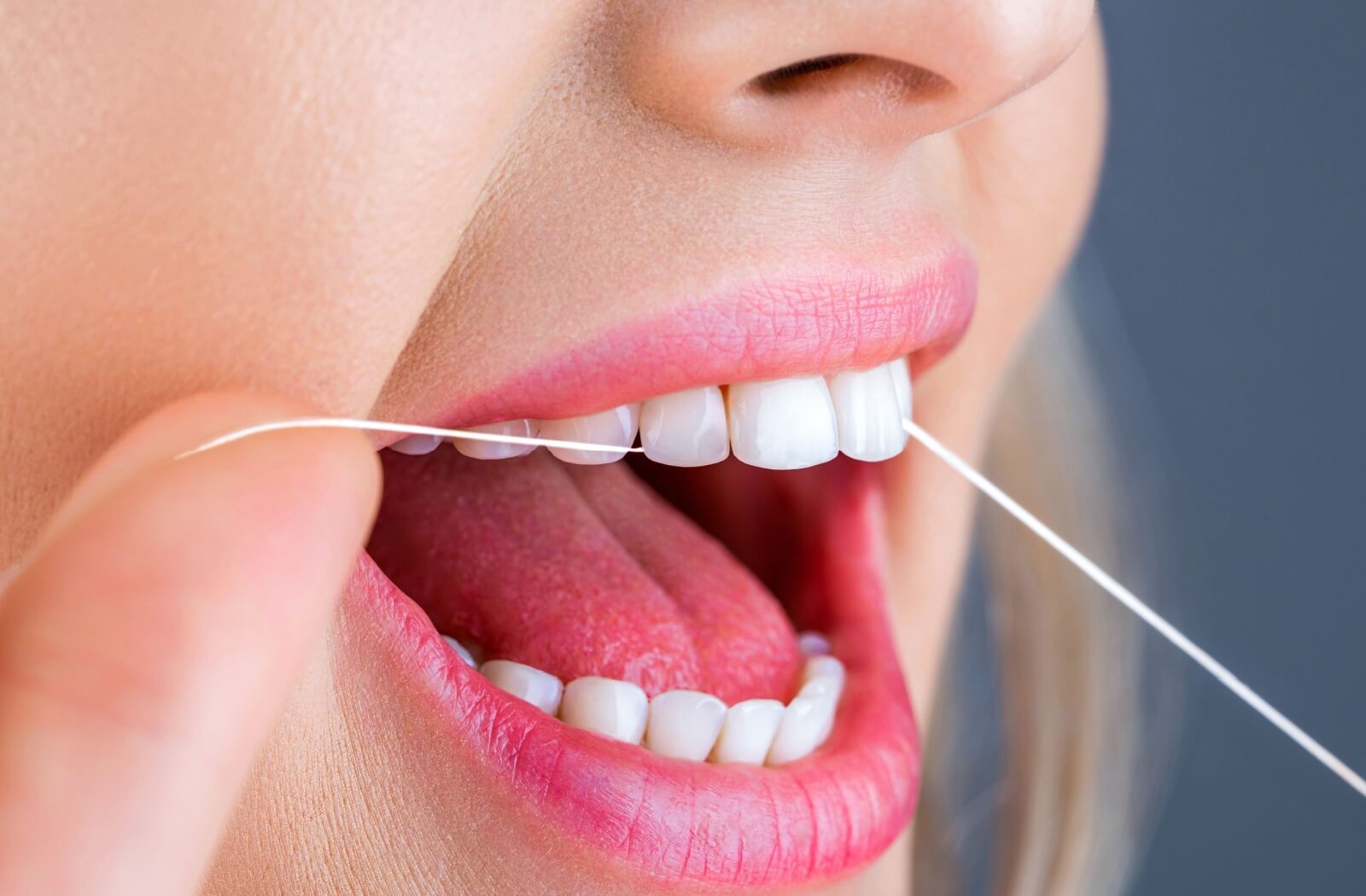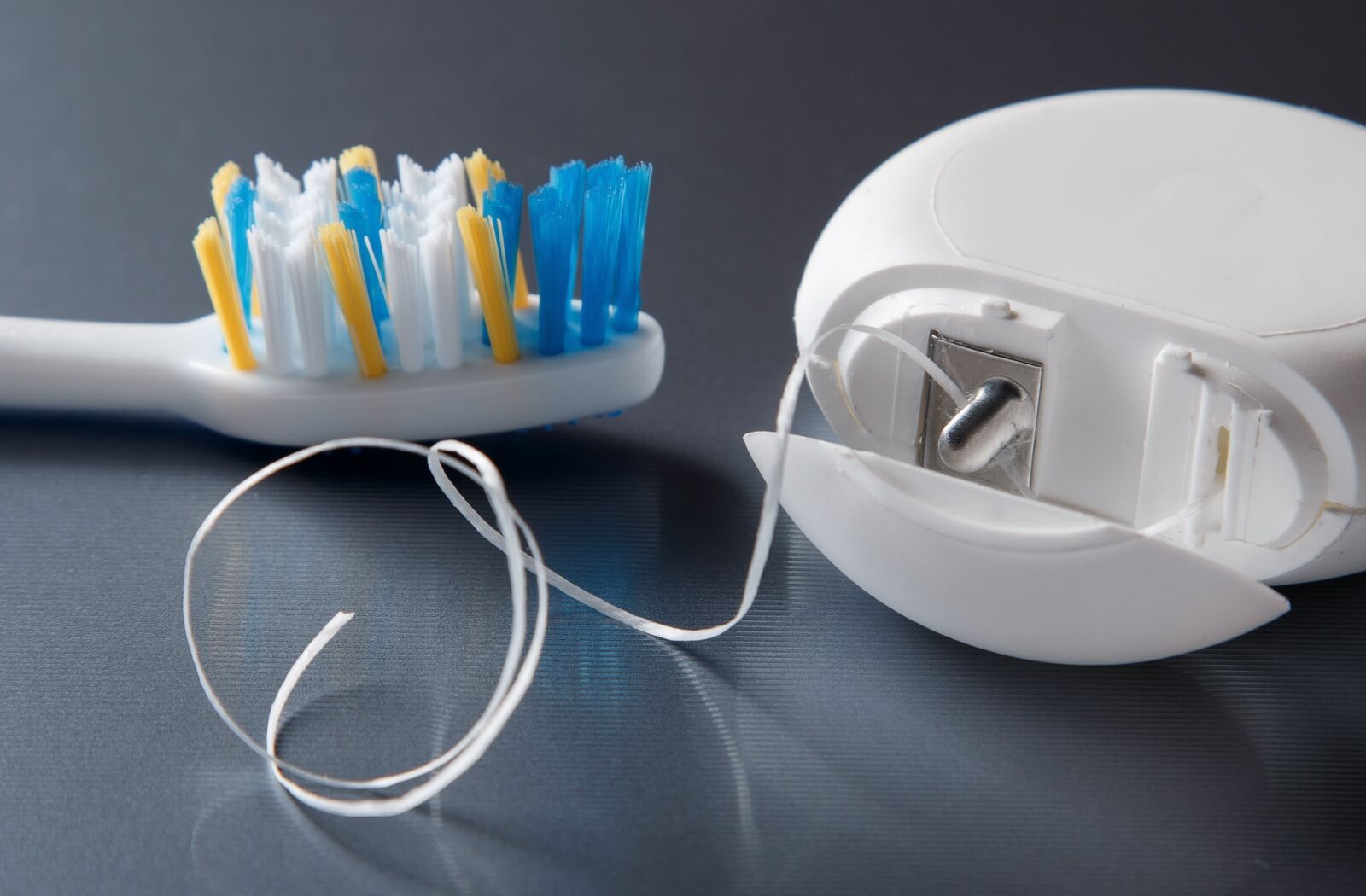
Taking care of your teeth is important for your overall health, and flossing plays a key role in keeping your smile in great shape. While brushing is great for cleaning the surfaces of your teeth, flossing reaches where your toothbrush can’t–removing plaque and food particles stuck between your teeth and along the gumline.
According to the Canadian Dental Association, daily flossing is encouraged to ward off cavities and gum disease. Your dentist will determine how often you need a professional dental cleaning based on your oral health and hygiene.
Why Is Flossing Important?
Think flossing is just an extra step in your oral care routine? Think again! It's essential for removing hidden plaque and bacteria that can lead to gum issues. If you skip it, you're missing a third of your tooth's surface, leaving food and plaque trapped between your teeth, where your toothbrush can’t reach.
Flossing helps prevent plaque buildup, supports gum health, and lowers the risk of serious dental problems, including:
- Gum disease: Regular flossing prevents plaque from turning into tartar, which can only be removed by a dentist. This keeps your gums healthier and reduces the risk of gum and periodontal disease.
- Cavities: Plaque that builds up between your teeth can cause cavities. Flossing removes plaque from these tight spots, preventing tooth decay.
- Bad breath: Food particles and bacteria stuck between your teeth can cause bad breath. Flossing helps clear them out, keeping your breath fresh.
Common Myths About Flossing Frequency
There are a lot of misconceptions about flossing, so let’s clear up a few:
- “Flossing once a week is enough.” This is a myth. Flossing just occasionally won’t do the trick. Regular flossing is necessary to combat plaque buildup and prevent gum disease.
- “Only floss when food gets stuck.” Flossing isn’t just for when you have something stuck between your teeth. It’s mainly for removing plaque and bacteria that you can’t see, which are more dangerous in the long run.
- “Brushing alone is enough.” Even the best brushing technique can’t reach the tight spaces between your teeth. Flossing acts as the perfect partner to brushing, making sure that no area is neglected.
How Often Should You Be Flossing?
The Canadian Dental Association recommends flossing once a day. It’s a simple way to remove plaque, bacteria, and food debris, keeping your teeth and gums in top shape.
Why daily? Plaque starts to form just hours after you eat and can turn into tartar within 24–36 hours. By flossing daily, you can prevent this buildup and avoid the risk of cavities or gum disease.
Plus, flossing isn’t just about cleaning your teeth. It also stimulates your gums, improving blood flow and reducing inflammation, which helps prevent gingivitis, the early stage of gum disease.
When Should You Floss?
The timing of your flossing routine is up to you, but it’s easiest to do it at the same time you brush your teeth—whether that’s in the morning or at night.
Studies suggest that flossing before brushing may be more effective. Flossing first can remove plaque from between your teeth, which allows fluoride from your toothpaste to reach those areas more effectively.
Proper Technique
Flossing properly is just as important as doing it regularly. Here’s a step-by-step guide for the best technique:
- Take about 18 inches of floss and wrap the ends around your middle fingers, leaving a few inches of floss between your hands.
- Hold the floss tightly with your thumbs and index fingers and gently slide it between your teeth.
- Curve the floss around each tooth, reaching below the gumline. Be gentle to avoid damaging your gums.
- Move the floss up and down to clean the sides of your teeth, making sure to use a fresh section of floss for each tooth.

Practical Tips to Help Make Flossing a Habit
Making flossing a regular part of your routine doesn’t have to be difficult. Here are some tips to help you stick with it:
- Schedule it: Pick a particular time to floss each day, like right before bed. This will help you remember and keep your mouth clean overnight.
- Choose the right floss: Find a floss that works best for you—whether it's waxed, unwaxed, flavoured, or designed for sensitive gums. If traditional floss isn’t your thing, try floss picks or a water flosser.
- Keep it handy: Store floss where you can easily access it, like your restroom, desk drawer, or purse. When it’s within arm’s reach, you're more likely to use it.
Preventive Dental Health
Maintaining good oral health starts with daily flossing. If you make it a habit, you can avoid many common dental issues, like gum disease, cavities, bad breath, and more serious problems down the line.
By making flossing a regular, stress-free part of your routine, you’re setting yourself up for healthier teeth and gums in the long run. If you have questions about flossing or want to check if your oral hygiene is on track,book an appointment with Image Dental Care. We’re here to guide you on your journey to a healthier smile!